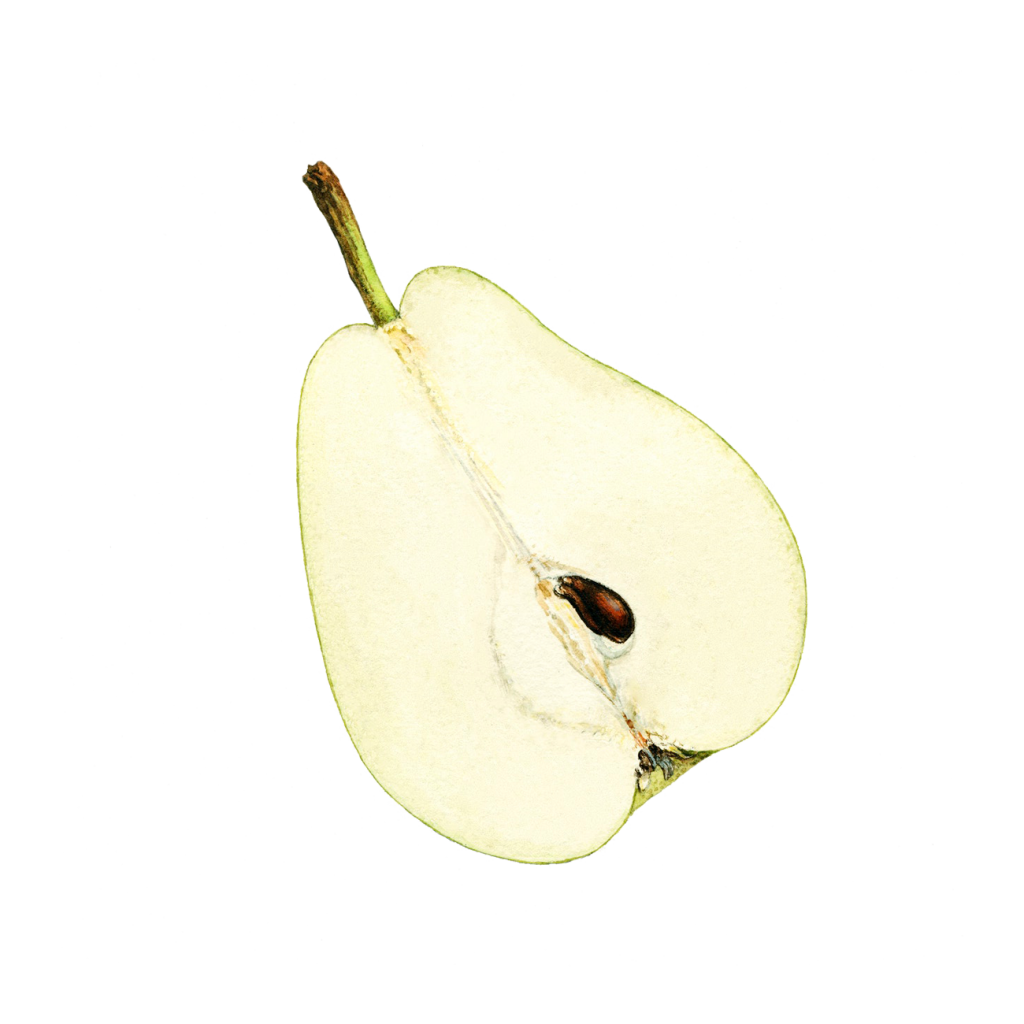You may not have delved into the details, but statistics reveal a stark reality: this year alone, it is estimated that one in six Americans will unfortunately suffer from food poisoning.
This health issue not only results in an astonishing 128,000 Americans being hospitalized annually but may also trigger a series of long-term health implications, profoundly affecting people’s daily lives.
To ensure the health of you and your family, it is essential to keep in mind and practice the following four key preventive measures: cleanliness, separation, cooking, and chilling.
Firstly, cleanliness is the first line of defense against food poisoning.
Regular Handwashing
Use plain soap and water, rubbing hands for at least 20 seconds (you can sing “Happy Birthday” twice as a timing aid). Wash your hands before and after preparing food, after handling raw meat, before eating, after using the toilet, and during other critical times.


Cleaning Utensils and Surfaces
Wash cutting boards, dishes, utensils, and countertops with hot, soapy water, especially after they have held raw meat.
Washing Fruits and Vegetables
Rinse them under running water; do not use soap, bleach, or commercial cleansers. Use a clean produce brush to scrub firm produce and dry it afterward.


No Cleaning
Do not wash meat, poultry, eggs, or seafood to prevent spreading harmful bacteria.
Secondly, separating food items during storage and handling is crucial to prevent cross-contamination.
Use Separate Cutting Boards and Plates
Designate different cutting boards and plates for produce, meat, poultry, seafood, and eggs to avoid cross-contamination.


Store Food Separately
In shopping carts, refrigerators, and other places, keep raw meat, poultry, seafood, and eggs separate from other foods.
Furthermore, during cooking, ensure that food reaches safe eating temperatures.
Use a Food Thermometer
Make sure the internal temperature of food is sufficiently high to kill harmful bacteria.


Maintain Food Temperature After Cooking
If food is not consumed immediately after preparation, keep it away from the danger zone (between 40°F (4°C) and 140°F (60°C)).
Microwave Food Safely
Follow the cooking instructions on the package to ensure thorough cooking.

Lastly, chilling is a vital means of keeping food fresh and safe.

Refrigerate Perishable Foods Promptly
Place food in the refrigerator within two hours to prevent bacterial growth.
Set Correct Refrigerator and Freezer Temperatures
Refrigerators should be set to 40°F (4°C) or below, and freezers should be set to 0°F (-18°C) or below.


Thaw and Marinate Food Safely
Do so in the refrigerator to ensure safety.

In conclusion, by strictly adhering to the four steps of clean, separate, cook, and chill, we can significantly reduce the risk of food poisoning, creating a safer and healthier eating environment for our families.
Let us work together to safeguard this hard-earned health and happiness.



